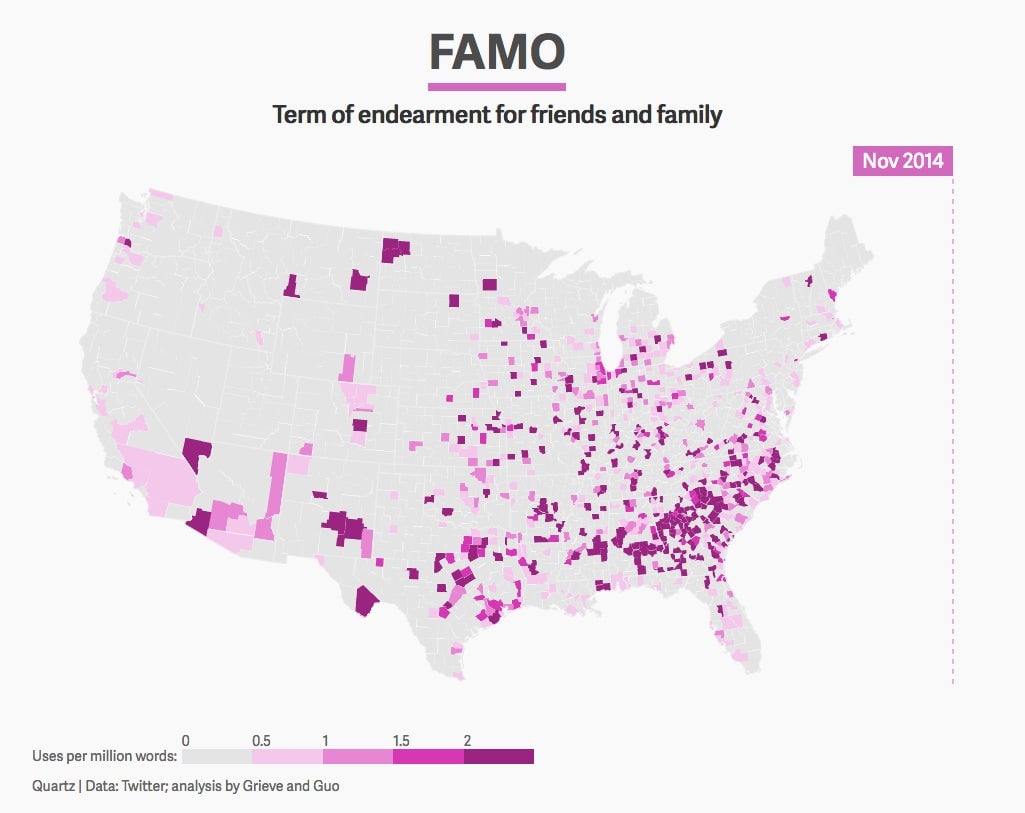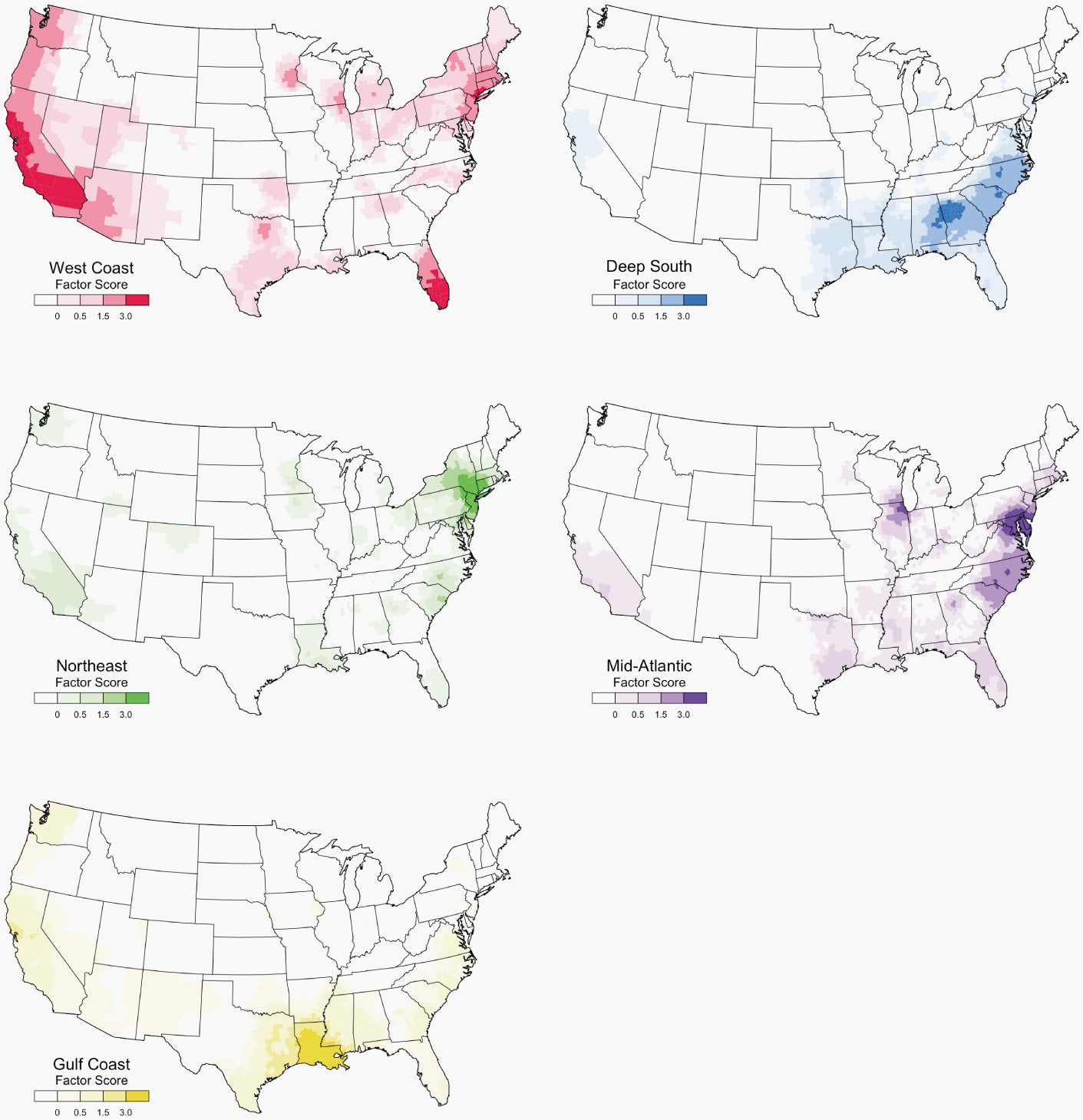America can thank Black Twitter for all those new words
African American English may be America’s greatest source of linguistic creativity.


African American English may be America’s greatest source of linguistic creativity.
A new study, led by Jack Grieve, a professor of corpus linguistics at the University of Birmingham in the UK, analyzed nearly 1 billion tweets to find out how new terms emerge on the platform. By looking at words that go from total obscurity to mainstream usage on Twitter in a short period of time, the research can begin to answer questions like: Is one part of the country more linguistically creative than the others? And do new words spread from a geographical origin outward, or does the internet allow them to emerge everywhere, simultaneously?
To some extent, the answer to both questions is “yes,” as I have written previously. But the study points out the particular importance of one community on Twitter in particular, concluding, “African American English is the main source of lexical innovation on American Twitter.”
To get to that result, the authors extracted billions of words from tweets by users in the United States. They then identified the words that were very uncommon around October 2013, but had become widely used by November 2014. After getting rid of proper nouns and variations of the same term, they settled on 54 “emerging words,” including famo, tfw, yaas, and rekt.
Identifying those terms allowed the researchers to analyze out how new words spread. That pointed to five “common regional patterns” of lexical creation: the West Coast, centered around California; the Deep South, around Atlanta; the Northwest and New York; the Mid-Atlantic and DC; and the Gulf Coast, centered on New Orleans.
Of those five, the Deep South is exceptional in the way it brings about new terms. Usually, a term starts in a densely populated urban area, then spreads to urban areas in other parts of the country. In the case of the West Coast, for example, terms tend to start in Los Angeles and San Francisco, then make their way to Seattle, Portland, San Diego, Las Vegas, and Phoenix.
That doesn’t happen as much in the Deep South. There, the spread of creative new words appears to be driven more by culture than population density. Atlanta, the authors point out, is small relative to urban powerhouses like LA and New York. And terms that originate in the South do not spread by jumping to other cities; instead, they spread via areas with large black populations.
The map below shows the different regions the study uncovered; each county in the US is colored based on the pattern of spread it is most closely associated with. As you can see, the West Coast map shows several red hotspots well beyond California, popping up as far away as Seattle, Florida, and the Northeast. Several other maps look like that, too—the Northeast pattern has green splotches in Louisiana, the South, and Southern California; the Mid-Atlantic map shows deep purple in Chicago, Texas, and elsewhere. The Deep South, on the other hand, spreads straight out from the area around Atlanta, with only a very faint blue on top of San Francisco.

That alone wouldn’t be enough to say that African American English is the “main source” of new terms on American Twitter. But the paper adds that three of the five patterns above seem to be “primarily associated with African American English.” That is to say, these patterns reflect the distribution of the black population in the US. Often, the study finds, the percentage of a county that is black appears to be more important than just the number of people living there in fueling linguistic creativity. In Georgia and North Carolina, for example, linguistically innovative areas “are not necessarily more populous but do generally contain higher percentages of African Americans.” This, they conclude, shows “the inordinate influence of African American English on Twitter.”
Many of the Black Twitter terms identified in the study will be familiar to any frequent Twitter user. Among the ones most associated with the Deep South region are famo (family and friends), fleek (on point), and baeless (single). But the fastest-emerging terms come from other places and cultures, too. Waifu, for example, a Japanese borrowing of the English word “wife,” is associated with the West Coast and anime.
Here’s the full list of the 54 words that emerged over the year beginning in October 2013.
This article has been updated to clarify that the study does not claim that all of the terms on the list above are associated with African American English.